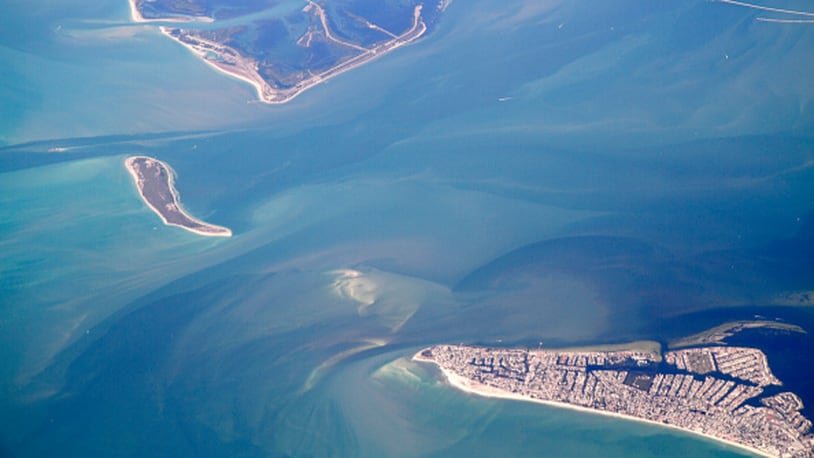A dead zone is an area in the ocean that’s low in oxygen and thus can’t sustain fish or marine life.
The agency bases its annual forecast on nutrient run-off in the Mississippi River watershed, mainly from agricultural chemicals and pollution, into the Gulf.
"This large dead zone size shows that nutrient pollution, primarily from agriculture and developed-land runoff in the Mississippi River watershed is continuing to affect the nation's coastal resources and habitats in the Gulf," NOAA officials said.
Just in: Gulf of Mexico #deadzone is largest on record, total area about the size of New Jersey. https://t.co/pPFosKfTv1 pic.twitter.com/BKbeqJaLUu
— NOAA Communications (@NOAAComms) August 2, 2017
The pollution causes massive algae blooms, which use up all the oxygen in the water, something that’s needed for fish and other marine life to survive.
Ultimately dead zones result in loss of habitat for fish, decreased reproductive abilities in fish species and smaller shrimp, according to NOAA.
The last time the dead zone in the Gulf of Mexico was so large was back in 2002 when it measured almost 8,500 square miles. The average size of the zone over the past five years has been just over 5,800 square miles.
About the Author
